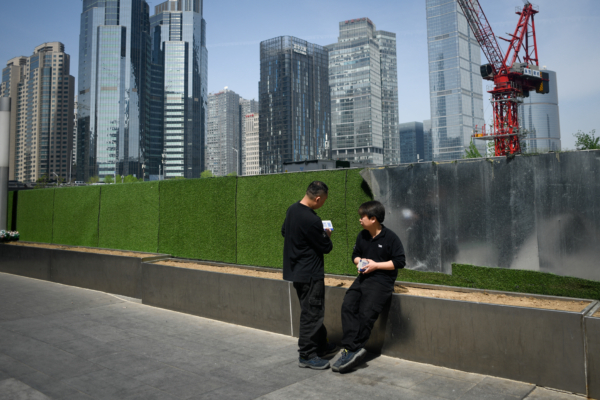In recent years, China’s economic environment has worsened, with many industries experiencing downturns. The architecture design institutes have seen a significant decrease in salaries and benefits due to financial constraints. Some administrative units have had to lay off employees who were not formally registered as staff, leading to salary reductions and benefit cuts in some regions.
Recently, a top design institute in Shanghai implemented substantial salary cuts. Some employees shared online that their April pay stub showed only 2,690 yuan, the lowest wage in Shanghai. There were even reports of employees in top 3 state-owned design institutes in Beijing facing salary reductions to as low as 2,420 yuan per month due to poor department performance.
A Beijing netizen named May, who works in the construction industry, expressed her frustration, saying, “I’ve been working for eighteen years, and my salary has decreased from over 20,000 yuan to just 5,500 yuan. It’s not enough for anything. The industry is struggling, I’m getting older, and all the negative factors are coming together.”
May confirmed to the media that she works in a state-owned design institute and that the architecture design industry is facing challenges leading to a difficult situation. With fewer job opportunities, increased competition from younger professionals, and unfavorable treatment towards women, working conditions have deteriorated.
The construction boom around 2000 elevated the status of architecture design institutes, but as market competition intensified, universities expanded their programs, resulting in an oversupply of professionals. In August 2024, the Chinese government issued a directive to halt non-profitable municipal construction projects to avoid increasing government debt.
A former employee, Mr. Yan, from a Beijing design institute, highlighted the industry’s decline, especially due to real estate market turmoil. Some design institutes diversified into road construction or infrastructure projects, which provided slightly better prospects. However, with overall reduced financial resources, bonuses and benefits within the industry have also decreased.
Reports indicate that various regions in China, such as Shanxi, Gansu, Inner Mongolia, Anhui, and Hunan, have initiated organizational reforms to streamline public sector entities and reduce administrative costs. Downsizing and merging of government agencies have become common practice to alleviate financial burdens.
An individual from Yunnan disclosed that their state-owned enterprise has implemented a policy of “retire three, recruit one” whereby six employees need to retire for one new position to be filled. These austerity measures have led to reduced bonuses, shrinking salaries, and delayed social security payments, causing distress among employees.
The economic downturn, compounded by the impact of the pandemic and trade tensions, has significantly affected the stability of the architecture industry, traditionally a pillar sector in China. The reduction in land-based income, which contributed significantly to local government revenue, has led to widespread job displacements and financial strain.
As government reports signal a shift towards tighter fiscal control and reducing the size of public sector workforce, concerns arise regarding the sustainability of the current state-supported employment model. Various regions are grappling with reorganizations and layoffs, impacting both public employees and contractual workers.
In conclusion, the once highly esteemed architecture design institutes in China are facing challenging times. The shift from a seller’s market to a buyer’s market, coupled with economic pressures and evolving societal needs, is reshaping the landscape of the industry. Amidst uncertainties, individuals within the sector are forced to adapt to these new realities and navigate through an increasingly competitive and restrictive environment.

